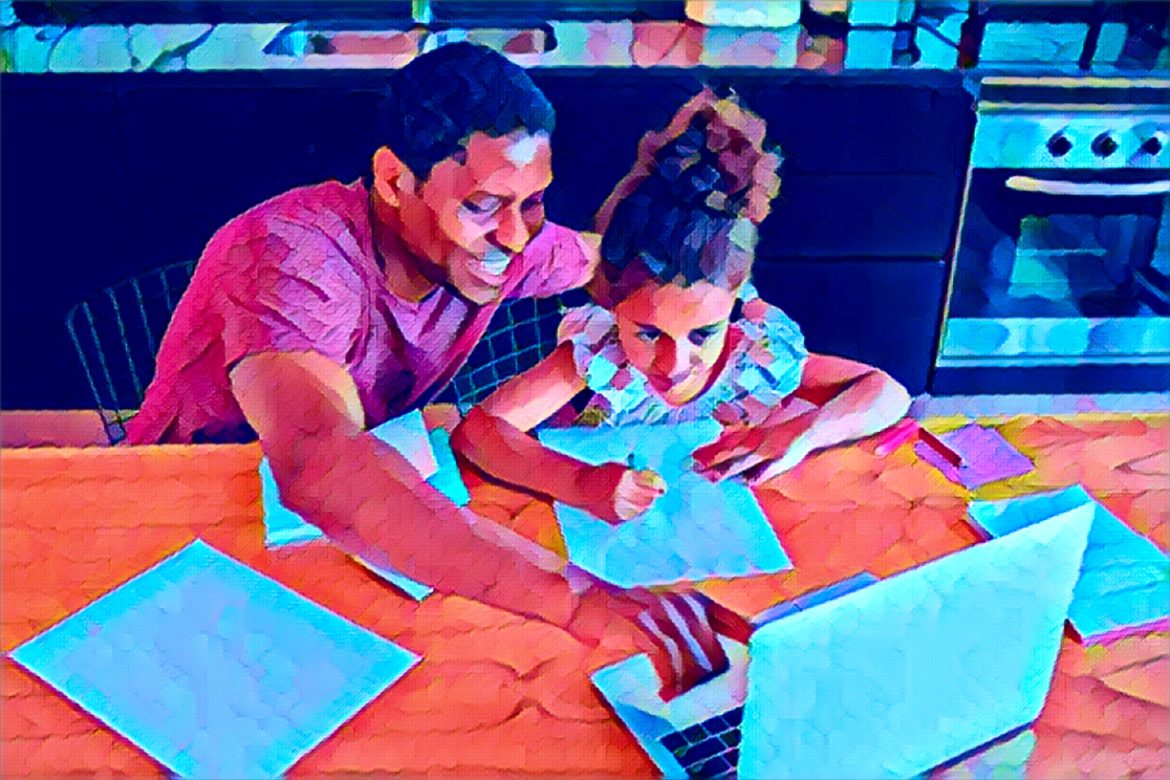Homeschooling has been gaining popularity as an alternative to traditional educational systems, as more families are dissatisfied with the latter. The recent surge in homeschooling, accelerated by the pandemic, has brought new opportunities and challenges to the educational sector.
One of the primary drivers of this trend is the flexibility homeschooling offers, allowing families to tailor educational content to match their children’s needs, interests, and learning styles. Parents, like Simon from Florida, choose homeschooling to integrate modern subjects like artificial intelligence into their children’s curriculum, which they believe are essential for success in today’s world but are often overlooked in public schools.
Moreover, homeschooling addresses concerns about the traditional school schedule, which can be taxing on children’s health and well-being. Families like Simon’s appreciate the ability to start their day later, allowing children to get adequate rest, which is crucial for their growth and health.
The effectiveness of homeschooling is supported by various success stories, like that of Cash Daniels, a 14-year-old from Chattanooga, Tennessee. Homeschooling has allowed him the flexibility to balance his education with managing a nonprofit organization, The CleanUp Kids. This flexibility is not typically afforded by traditional schooling schedules, highlighting how homeschooling can support unique student-driven projects and contributions to community and personal growth.
However, transitioning to homeschooling presents challenges, especially in replicating hands-on learning experiences such as laboratory science experiments and group art projects. The shift from traditional classroom settings to remote learning environments has also impacted students’ mental health, with increased reports of stress, anxiety, and loneliness.
The rise in homeschooling also reflects broader concerns about the efficacy of the public education system in preparing students for future challenges. Data from the National Assessment of Educational Progress and ACT scores indicate a troubling lack of proficiency in basic skills like reading and college preparedness among high school graduates. These statistics have fueled doubts about whether traditional educational methods are adequate for today’s educational demands and complexities.
The discussion around homeschooling is gaining attention beyond educational circles. Influencers like Alex Clark are exploring the benefits and implications of homeschooling on platforms like The Spillover, highlighting its impact on students’ academic and personal development.
Educators themselves are exploring alternatives to traditional teaching methods. Matt Beaudreau, a former classroom teacher and now CEO of Apogee Schools, exemplifies educators who are disillusioned with the conventional education system. Beaudreau’s initiative has expanded from a homeschool support program to launching physical campuses, offering a hybrid model that combines the benefits of homeschool flexibility with structured educational support.
As the homeschooling movement grows, it raises important considerations for policymakers, educators, and stakeholders. There is a need to recognize and support the diverse educational choices families make, ensuring that homeschooling and other alternative educational models are integrated into a broad and inclusive educational framework. This integration will help cater to varied educational needs and preferences, ensuring all students have access to learning environments that best suit their individual requirements.
The rise of homeschooling is a testament to the evolving educational needs and preferences of families across the United States. As this trend continues to grow, it will likely prompt further changes and innovations within the educational sector, challenging traditional models and fostering a more diverse and adaptable educational landscape. This transformation, while challenging, offers a significant opportunity to reimagine education in ways that better align with the needs and aspirations of today’s students and tomorrow’s leaders.
Source: The Graphic Online





4 comments
Can you be more specific about the content of your article? After reading it, I still have some doubts. Hope you can help me.
Can you be more specific about the content of your article? After reading it, I still have some doubts. Hope you can help me.
Can you be more specific about the content of your article? After reading it, I still have some doubts. Hope you can help me. https://www.binance.info/de-CH/register?ref=UM6SMJM3
Chính thức “chào sân” vào năm 2012, 888slot login apk là một nhánh nhỏ trực thuộc sự quản lý của CURACAO Gaming, cơ quan giám sát cờ bạc hàng đầu Châu Á. Ngay từ thời điểm ra mắt, nhà cái chúng tôi đã có trụ sở chính thức tại hai trung tâm cờ bạc lớn nhất Philippines là Manila và Costa Rica. TONY12-12